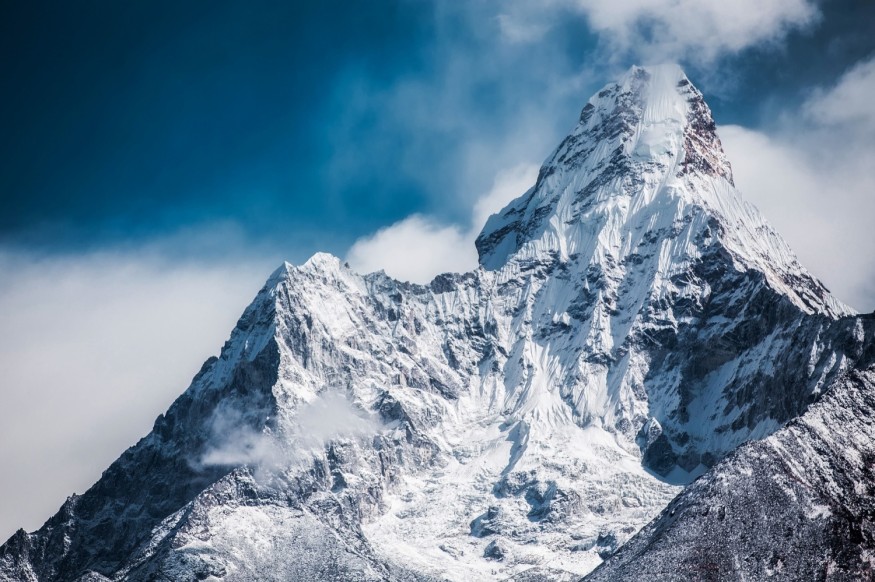
New studies found that the remaining tropical glaciers between Himalayas and Andes may disappear in the next decade-or even sooner-due to climate change.
According to the study published in the Proceedings of the National Academy of Sciences, the glaciers in Papua Province of Indonesia are "the canaries in the coal mine" for other mountaintop glaciers worldwide.
"These [glaciers] will be [among] the first to disappear; the others will [surely] follow," said Lonnie Thompson, a university professor at Ohio State University who serves as the lead author of the study.
According to Thompson, the glaciers atop a mountain near Puncak Jaya, - located on the western half of New Guinea - has been melting for years. The researchers attributed the ice melts to a strong 2015-2016 El Niño.
While El Niños are natural phenomena that causes tropical ocean water and atmospheric temperatures to get warmer, but their effects have been amplified by global warming. The researchers said the glacier would disappear in the next ten years - most likely during the next strong El Niño.
Thompson said it is possible that other tropical glaciers, such as those on Kilimanjaro in Tanzania and Quelccaya in Peru, will follow. "I [presume] the glaciers [in Papua, Indonesia shows what is] going to happen [worldwide]," Thompson said.
Thompson and his team monitored the glacier movement since 2010 when they dug ice cores to discover the structure and temperature of the environment around the glacier. The glacier, however, was shrinking and started at least 150 years ago but has quickened in the last decade, the lead author said. The researchers found melting signs at both the top and bottom of the glacier.
About five meters of rope was uncovered when the stake was measured in November 2015 - meaning the glacier surface was melting at a rate of one meter per year. A separate team saw an additional of 4.26 meters of rope in May 2016 - a rapid melting increase in just six months.
The team also surveyed the amount of the glacier's melt by measuring its surface area, which shrank by roughly 75 percent from 2010 to 2018. The ice shrunk so much that it had split into two smaller glaciers by 2016. A mountain climber scaling the peak took a photo of the iceberg showing its near-disappearance in August 2019.
"The glacier's melt rate is exponentially [rising]," Thompson said. "It's [like visiting and documenting the change in a terminal cancer patient], but not [doing] anything about it."
Glacier melt is a significant contributor to sea-level rise globally along with warming ocean waters, which could lead to more frequent and more intense storms.
The mountaintop glaciers worldwide, according to Thompson, contribute a third and a half of the yearly sea-level increase in the oceans.
"[The mountaintop glaciers] are much more [exposed] to the rising temperatures [since] they're small and warmer; [they are] closer to the melting threshold," the lead author said. "Ice is just a threshold system. It is [utterly well] at freezing temperatures or below, but everything changed at 32 degrees Fahrenheit," he added.
The glacier's melting is a cultural loss, too, according to Thompson. "The indigenous people (IPs) who live near the mountains worship it," he said. The lead author added the IPs do consider the ridges and the valleys are the arms and legs while the glacier is the head of the god.
Some elders of the indigenous communities protested when the research team drilled the area in 2010. Thompson said the community thought the team was 'drilling into the head of their god to steal the god's memories.
"I told [the community] that was what we were doing. We needed to [save] those memories because the [iceberg] was going to melt."
Thompson narrated that the community elders were firmly in favor of kicking the research team out while the younger people, he said, wanted the mission to continue. The younger people won, hence the researchers went on with the study.
© 2025 NatureWorldNews.com All rights reserved. Do not reproduce without permission.





